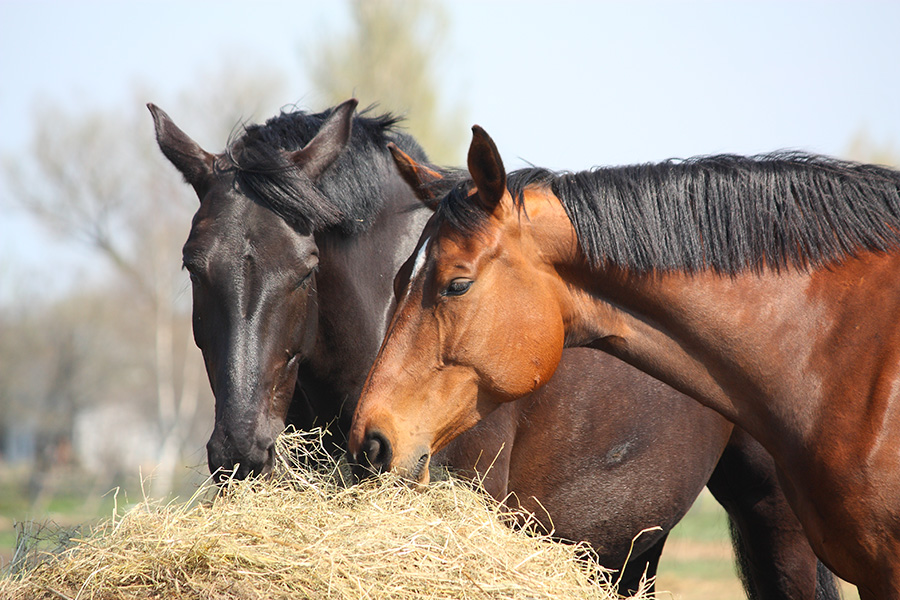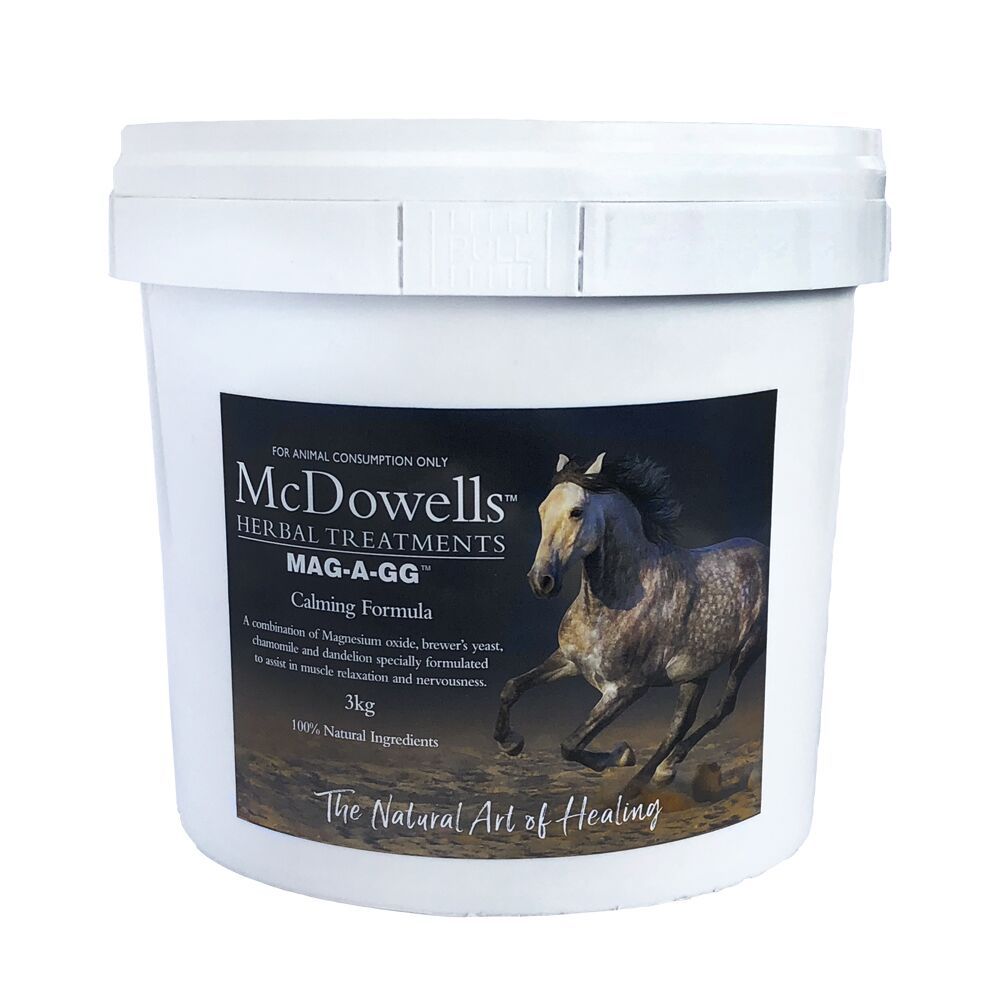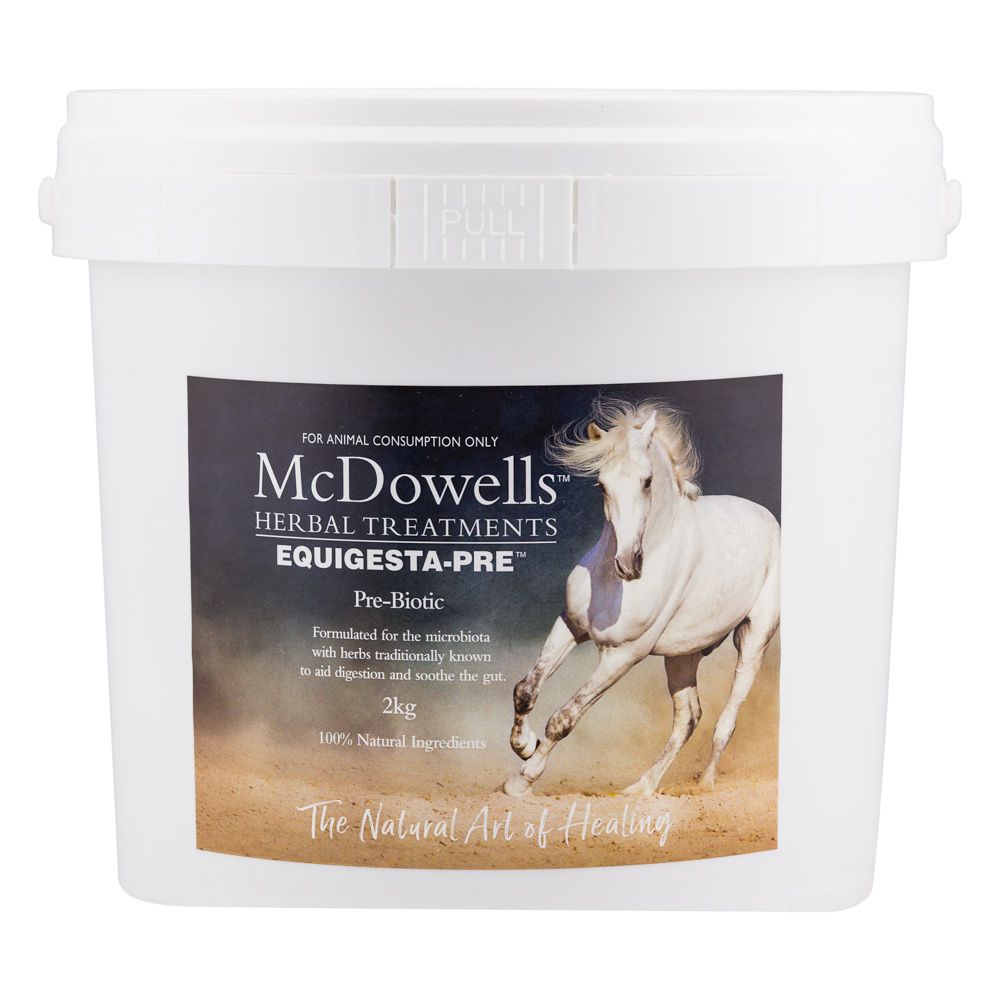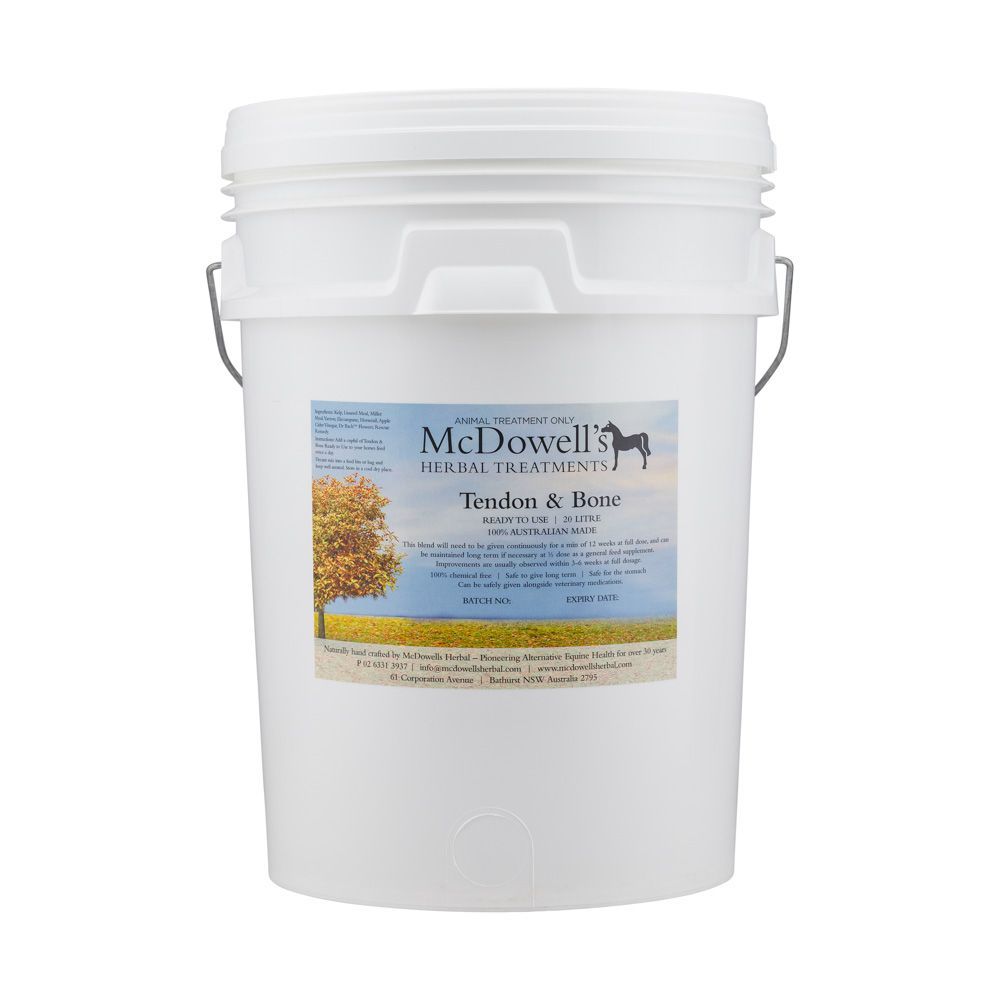It is becoming very difficult in many parts of the world to access adequate feed for horses and many people are trying their best to keep their animals as healthy possible. Lack of access to good quality hay is causing problems for many, and I have had several clients who inadvertently were feeding out only teff hay, a high oxalate hay (unbeknownst to them).

High Oxalate feeds cause the condition known as bighead and is a common feature of Queensland and some coastal environments. Oxalates rob magnesium and calcium from the system so supplementation of both is advised.
Many owners or old-time farmers are feeding out bran pellets, oats or wheat depending what they can find. This kind of feeding is disastrous long-term for horses due to the calcium/phosphorus ratio imbalance and it is important that if you are feeding in drought conditions you try your best to provide 24/7 hay or forage that can supply the calcium as well as the phosphorus. This ratio can be calculated at 2-3 parts calcium to 1-part phosphorus. A good general guide is that green feeds and herbs (including beet pulp) is the Ca and the P is usually 'white' or 'brown' feeds.
The safe calcium:phosphorus ratio in the diet of a mature horse is a range of 1:1 to 6:1, though the ideal is generally recognized to be 2:1. If the calcium:phosphorus ratio of your entire ration, including hay, grass, seeds, and herbs and minerals , is between 1.5:1 and 2.5:1, that is a very appropriate ration (Sonntag et al., 1996).
A big concern of under feeding horses is ulceration of the gastrointestinal tract. Watch out for personality changes, tight gut or kicking up, manure changes or starry coat - these are all signs of discomfort in the gut, and possible ulcers.
Herbs can be used to mimic the grazing habits of horses by providing the much-needed nutritional variation and will be of medicinal value as well.
Let us consider some of the vitamins and minerals one at a time.
Vitamin A:
Is found in carrots and lucerne and is therefore much better supplied in feed, rather than in processed supplements.
Vitamin B:
Vitamin B12 is a little harder to get and is best found in the herb comfrey which can be offered OCCASIONALLY and in small quantities and in these doses is a valuable supplement.
Bioflavinoids:
Can be supplied by carrots, Maritime Pine bark extract and rue extract which contains Rutin. There are many sources of bioflavonoids in the world, the above are some that are easily available for your horse.
Vitamin C:
Is found in fresh greens and rosehips. If a horse is kept away from green pick then half a cup of whole dried rosehips in boiling water and allowed to cool will provide all vitamin C that is missing.
Choline:
Is found in bitter vegetables and the leaves of dandelions. A few dried handfuls seeped in hot water can be offered a stabled horse from time to time. Otherwise, let a few dandelions grow around the yard and the horse will chose them for itself.
Vitamin D:
Is synthesized by the action of sunlight on skin and found in fish oils. Not needed as a supplement for grazing animals. Always consider Vitamin D when rugging horse for long periods.
Vitamin E:
Is found in abundance in fresh, green feeds. It is also found in abundance in almond meal, hemp seed and sunflower seed. Hemp seeds are rich in healthy fats and essential fatty acids. They are also a great protein source and contain high amounts of vitamin phosphorus, potassium, sodium, magnesium, sulphur, calcium, iron and zinc.
Calcium:
Is found in leafy greens like nettle, and in molasses (along with sulfur). Lucerne (alfalfa) hay and the herb horsetail also contain calcium.
Iron:
Is found in rosehips (they are one of the very best sources of natural iron!), green feed, molasses and kelp.
Silica:
Is found in dried feed in abundance. Millet contains high levels of organic silica compounds as well as carbohydrate and many other minerals. Silica is the key to balancing the calcium scaring that occurs in conditions like ringbone.
Omega 3 and 6 and Linoleic:
Linseed is a whole feed source of Omega 3 and 6 and Linoleic acids and specific nourishment for strength and elasticity of ligaments and attachment points. Hemp is highly digestible with all the essential amino and fatty acids required for a healthy diet.
Trace Elements:
Are all found in kelp. Kelp contains over 30 essential minerals and vitamins. Kelp is one of the highest sources of minerals and vitamins and is especially high in natural iodine together with all the cell salts that are so important to the proper function of the body and the thyroid.
If feeding the average horse, I like to give the following feeds with herbs – I have weighted the calcium phosphorus ratio in each element as a basic guide.
| Feed /herb Suggestion | Calcium | Phosphorus | Amount per feed |
| Beet Pulp (speedy Beet brand is best) | Yes | 400gram dry weight -soaked | |
| Lucerne Chaff /hay | Yes | Discretionary in balance with white chaffs/feeds | |
| White Chaff/grassy hay | Yes | Discretionary in balance with white chaffs/feeds | |
| Copra Meal | Yes | 1-2 cups per feed | |
| Rice Bran | Yes | 1 cup per feed | |
| Ground Millet | Yes | ½ cup per feed | |
| Ground Linseed | Yes | ½ cup per feed | |
| Rosehips | 2T in 500mls water – soaked with speedy beet | ||
| Chamomile | Yes | 1/3 cup per day | |
| Kelp | Yes | 1 dessert spoon | |
| Dolomite | Yes | 1 Tablespoon | |
| Nettle | Yes | 1/3 cup per feed |




